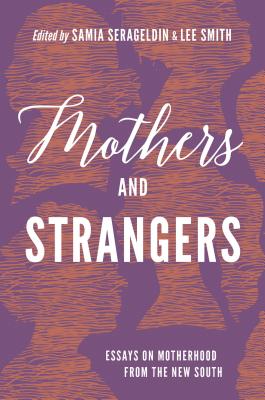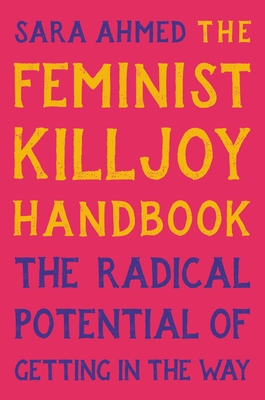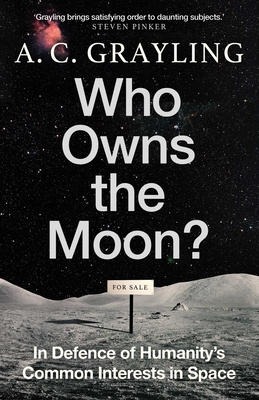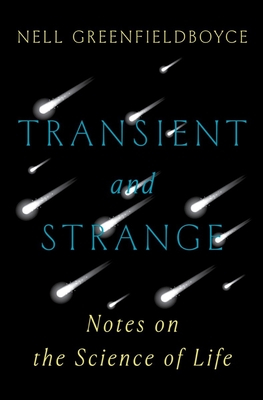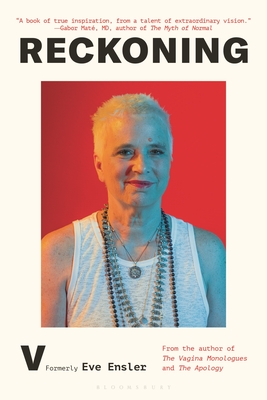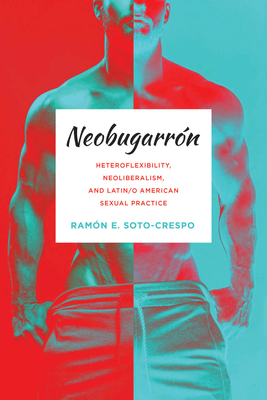
Neobugarrón: Heteroflexibility, Neoliberalism, and Latin/o American Sexual Practice (Abnormativities: Queer/Gender/Embodiment)
Description
How should we understand the bugarrón, a man who has sex with other men while regarding himself as heterosexual? Reaching beyond queer and gay studies, Ramón E. Soto-Crespo’s research suggests that this paradoxical figure mutated into what he calls the “neobugarrón,” a neoliberal market-oriented actor who used the traditional sexual practice as an optimizing strategy for manipulating the forces of globalization during the 1990s.
In Neobugarrón: Heteroflexibility, Neoliberalism, and Latin/o American Sexual Practice, Soto-Crespo chronicles the cultural modifications of bugarrón, a distinct male-male sexual practice in Latin/o America and the Caribbean, during the twentieth and twenty-first centuries. Working with and against Foucault and Kinsey to examine diverse works from anthropology, literature, cinema, and social media, he investigates a wide array of bugarrón sources, ranging from previously underexamined multimedia to ethnographies, fiction, films, and beyond. These works constitute a neobugarrón archive and attest to a sexual practice currently metamorphosing on the cusp of extinction. Soto-Crespo’s analysis challenges conventional understandings of “heteroflexible” sex between men and reveals a hitherto unnoticed transformation in neoliberal ecologies of bugarrón sexual practice.
Praise for Neobugarrón: Heteroflexibility, Neoliberalism, and Latin/o American Sexual Practice (Abnormativities: Queer/Gender/Embodiment)
“This book breaks open the cramped container of our current sexual categories, revealing the expanse of possibilities that circulate outside the limits of identity. Soto-Crespo’s provocative analysis clearly shows that sexual subjectivities are interpretive projects with unpredictable relationships to the very sex acts they intend to signify. Most exciting among the book’s many contributions to queer studies is its attention to the fact that even nebulous sexualities have external stakeholders, from epidemiologists to filmmakers to sex tourism consumers. A beautiful intervention into Global North sexual categories and their occlusions.” —Jane Ward, author of Not Gay: Sex between Straight White Men
“This book documents a rarely discussed figure within the twists and turns of male–male sex. Straddling the divides between homo- and heterosexual, active and passive, the bugarrón was an ostensibly heterosexual man who had sex with other men as a masculine dominant. The neobugarrón is Soto-Crespo’s name for the commodification of gay male sex through this figure within neoliberalism. The book is a fascinating read for everyone interested in sex, pleasure and capital.” —Jack Halberstam, author of Female Masculinity
“This book makes generous work of situating itself in critical and scholarly contexts that contribute to a wide variety of ongoing conversations. Soto-Crespo’s case studies of practicing sex workers and close readings of a range of cultural texts make this book both unique and powerfully interdisciplinary.” —Ricardo L. Ortiz, author of Cultural Erotics in Cuban America
“Soto-Crespo sets the stage for a complete rethinking of nonidentitarian, anomalous sexual practices in the Caribbean. Striking the right balance between rigor and provocativeness, gruesomeness and levity, and ambition and evidence, his book is destined to become a canonical work.” —Melba Vélez Ortiz, author of Maatian Ethics in a Communication Context











